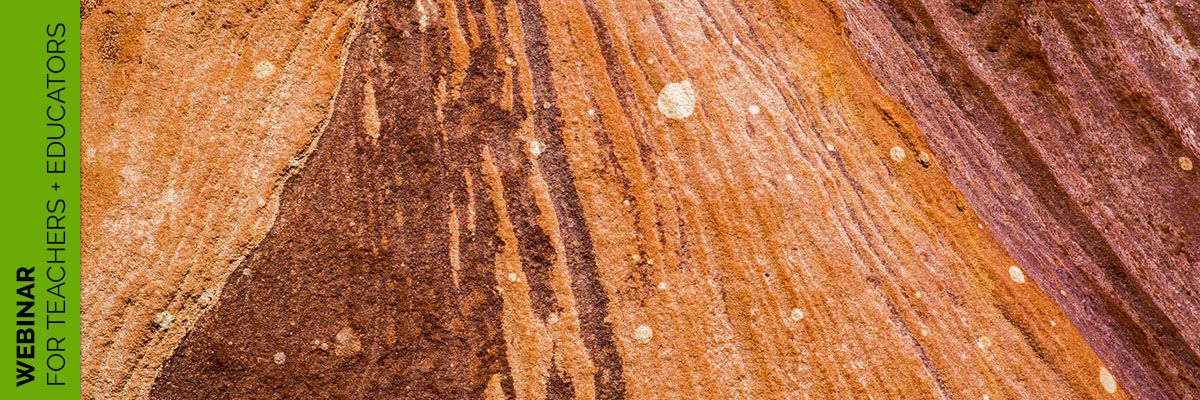How to: Utilise Indigenous Art and Protocols in the Classroom

Time
(Thursday) 3:30 pm - 4:45 pm AEST(GMT+10:00) View in my time
Location
Your computer
Event Details
Learn how Indigenous art concepts can be used in the classroom, and gain an understanding of Indigenous protocols in context. Robyn Heckenberg presents case studies and practical solutions that reflect on
Event Details
Learn how Indigenous art concepts can be used in the classroom, and gain an understanding of Indigenous protocols in context.
Robyn Heckenberg presents case studies and practical solutions that reflect on Country/Place, Culture and People, and the expectations of the National Curriculum framework. Addressing the topic from the point of view of Indigenous local community expectations, she draws on ideas that come more broadly from Indigenous arts practitioners, Elders, authors and art support organisations.
Relevant for primary through to secondary teachers, the overarching elements of identity and living communities are demonstrated through a story. The story’s aspirational representations showcase a positive narrative within Aboriginal and Torres Strait Islander Australia and educational settings of the formal classroom. Robyn highlights how taking its ideas outdoors into the natural environment can engender even greater motivation and positive outcomes, as the protocols attached to Country work in harmony with the landscape/nature. In this context, she notes how issues to do with the environment are recognised as part of the STEM dialogue and are highly relevant for Earth healing.
Free
Book Now
Additional Information
Dr Robyn Heckenberg is a practicing artist, curator and senior lecturer in Indigenous Studies at a regional university. She is familiar with working in the classroom to provide students with the tools that can creatively support an understanding of Indigenous perspectives and social histories.
She has worked many years in community arts projects, major public art projects and small community programmes for young and old. She sees visual medium and the creative arts as providing heart-felt ways of expressing history, environmental issues and community aspirations.
